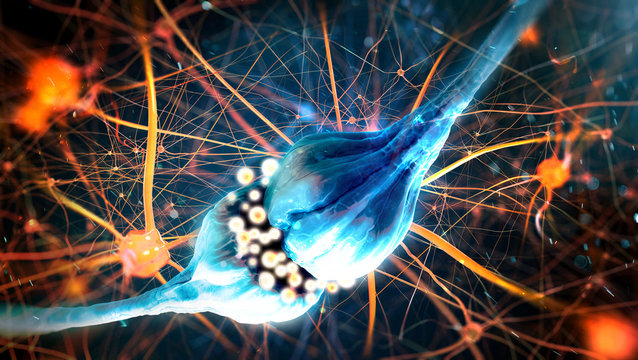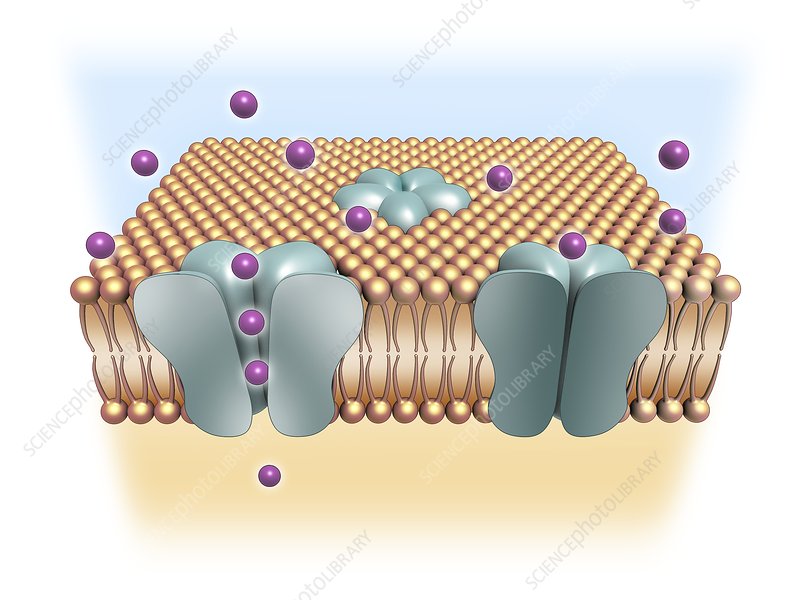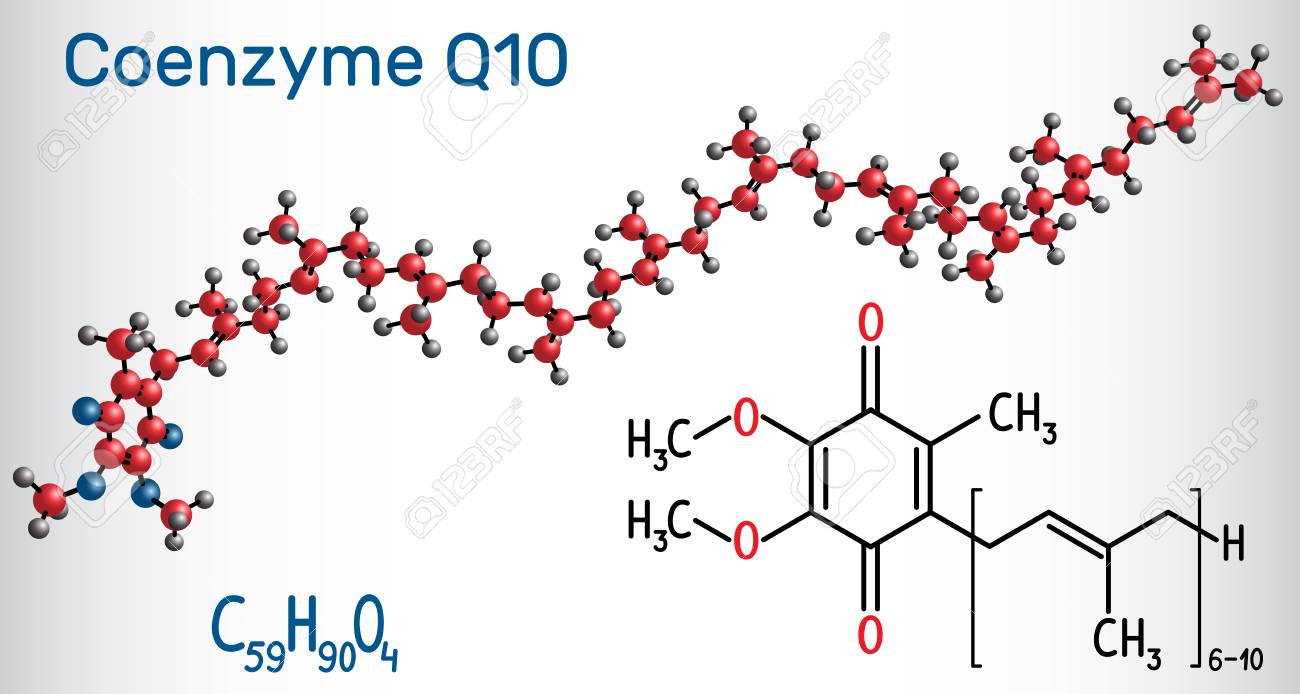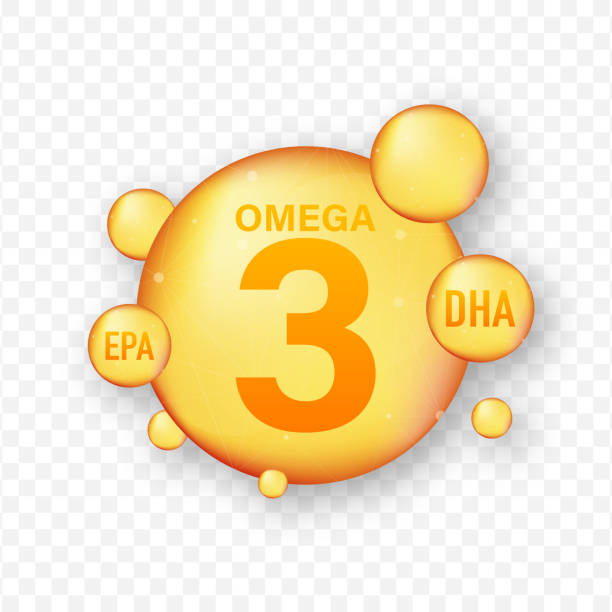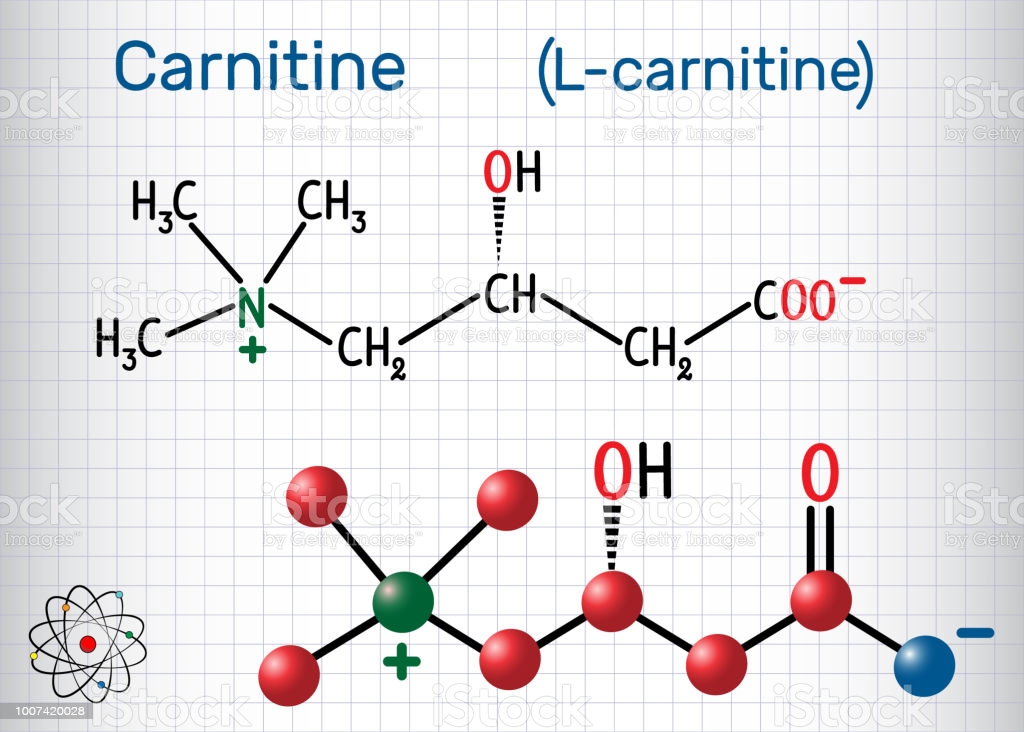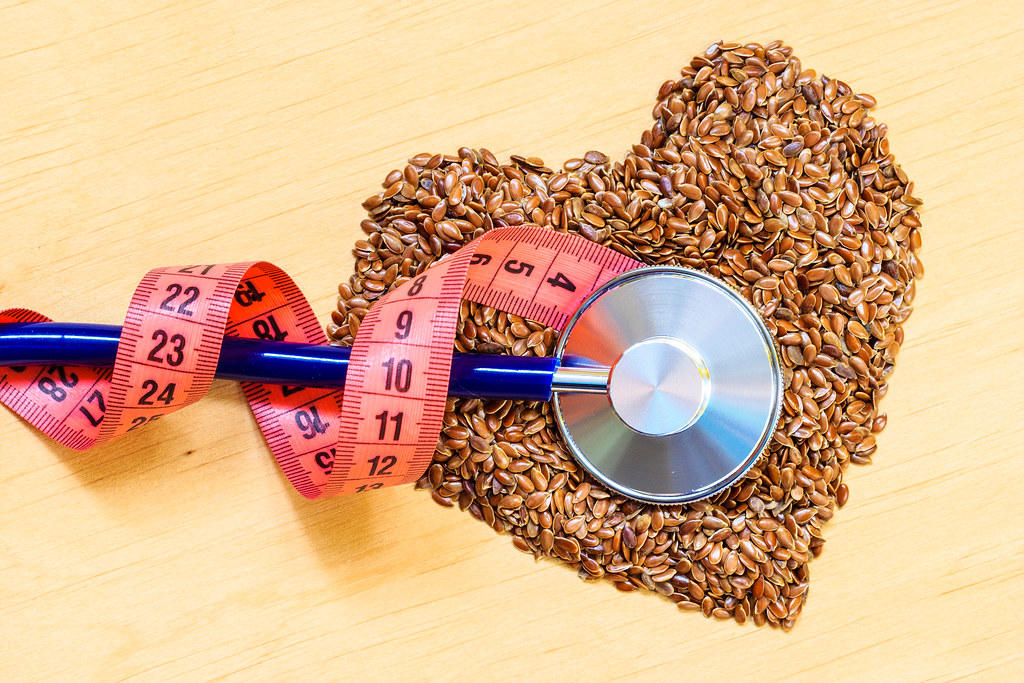Greetings health geeks, health curious or simply by-passers. This piece of writing is yet to be another one of those biochemically insightful ones, so beware! Arm yourself with either curiosity or patience :).
So as I go about my NutriGenetic Reserach Institute training lead by the infamous Bob Miller, I thought I’d share a bit of the wonderful body of knowledge that keeps sedimenting in my neuronal pathways and that I am already concurrently applying to clients’ particular situations. Ready? Set! Go!
Com’on, don’t get scared, take a closer look! Some names in the diagram may look familiar. And even if they don’t, they’re of uttermost importance, trust me. Straight off the bat, you can notice the right hand side infamous neurotransmitters dopamine, norepinephrine or noradrenaline and epinephrine or adrenaline. These are jointly called catecholamines and regulate much of how our bodies function. You may have heard of the assumed relationship between dopamine and the reward pathway in the brain, between dopamine and addiction, between noradrenaline/norepinephrine and stress or between adrenaline/epinephrine and the ‘fight or flight’ response, that is a life or death situation where release of this specific neurotransmitter activates the (sympathetic) nervous system to help one survive that particular situation. This latter case is the one of a specific person doing an action, say a high speed manoeuvre in traffic, without even thinking, almost purely instinctually, that saves the lives of the ones involved in that specific situation. Well, all these popular relationships are only partly true, and studies over studies show that it all depends on gene-environment interactions that go beyond the scope of this piece of writing. It is reasonably green field knowledge that is still being built up and is becoming clearer and clearer with each of the next studies that look in more detail at what neurotransmitter effects are on mood, on disease, on physiology and potentially on how these neurotransmitter levels may be optimised.
For our purpose here it suffices to keep in mind that these neurotransmitters carry cell to cell messages, which determine joint cellular responses which generally affect mood, attitude and the reaction to perceived stress. Think of this next time you feel nervous or anxious. These catecholaminic neurotransmitters definitely play at least part of the role.

But what happens beyond the scenes up to the moment these neurotransmitters are released and alter our body’s biochemistry? Well back to our Neurotransmitters Metabolism Markers picture above. Let’s break things down, as we follow the diagram:
1. It all starts with phenylalanine, an essential amino acid that needs to be obtained from diet (i.e. our body cannot endogenously produce it from other precursors)
2. Through the gene coding for the PAH enzyme, phenylalanine is converted to tyrosine, a non-essential amino acid, as this can be made by the body from existent precursors, i.e. from phenylalanine. This is done with the help of BH4 and Iron co-factors. Next tyrosine can go one of 3 different pathways, all playing key physiological and biochemical roles:
2a. First, Tyrosine can be converted into Thyramine and further to Thyroid Hormone, or TH. This plays a key role in regulating metabolism and is what some of you may have heard people talk about as a key health concern to watch out for. It really is!

2b. Secondly, Tyrosine can be converted via another pathway into Melanin, which protects the skin against UV radiation from the sun, among others. Also pretty important, huh?
2c. Finally, at least from what we are currently aware of, tyrosine can take the catecholamines pathway, being sequentially converted to DOPA, Dopamine, Norepinephrine and Epinephrine through TH, DDC, DBH and PNMT enzymes (not all labelled in the picture). This is done with the help of plenty vitamin and minerals co-factors (vits B3, B6, B9, B12, C; Copper, Iron, Magnesium, Manganese, Zinc), as well as BH4 and SAMe among others. It is the importance of these co-factors that prompted us to look into micronutrient details for our products: because they all matter! And their importance is higher we think than it is currently given to macronutrients. Take a look here for more details.

And then there are other neurotransmitter breakdown products, like Picolinate or Homovanillate, which are organic acid end products that our bodies convert these neurotransmitters to, through other enzymes (COMT, MAO), once the neurotransmitter fulfilled their biochemical roles. And beyond our genetic make-up, it is these organic acids that can give us hints as to how our neurotransmitters balance influences our specific biochemistry leading to currently being studied behaviours, psychological tendencies, disease states etc. It is actually for this purpose that this slide has been set-up originally.
This piece of writing had the sole purpose of explaining a diagram. WIth what purpose? To simply pinpoint the biochemical complexity that affects each and every one of us. At NutriFix, we are studying these interactions and applying various nutritional strategies to address deficiencies, or try clear excesses that may lead to undesirable health related situations. Drop us a note if you are interested in a nutrigenomic consultation, meant to open up this biochemical pandora box, and pay attention to micronutrient details for what food goes into your system! Or let us do that for you.
Over and out. See you on the other side of longevity!



